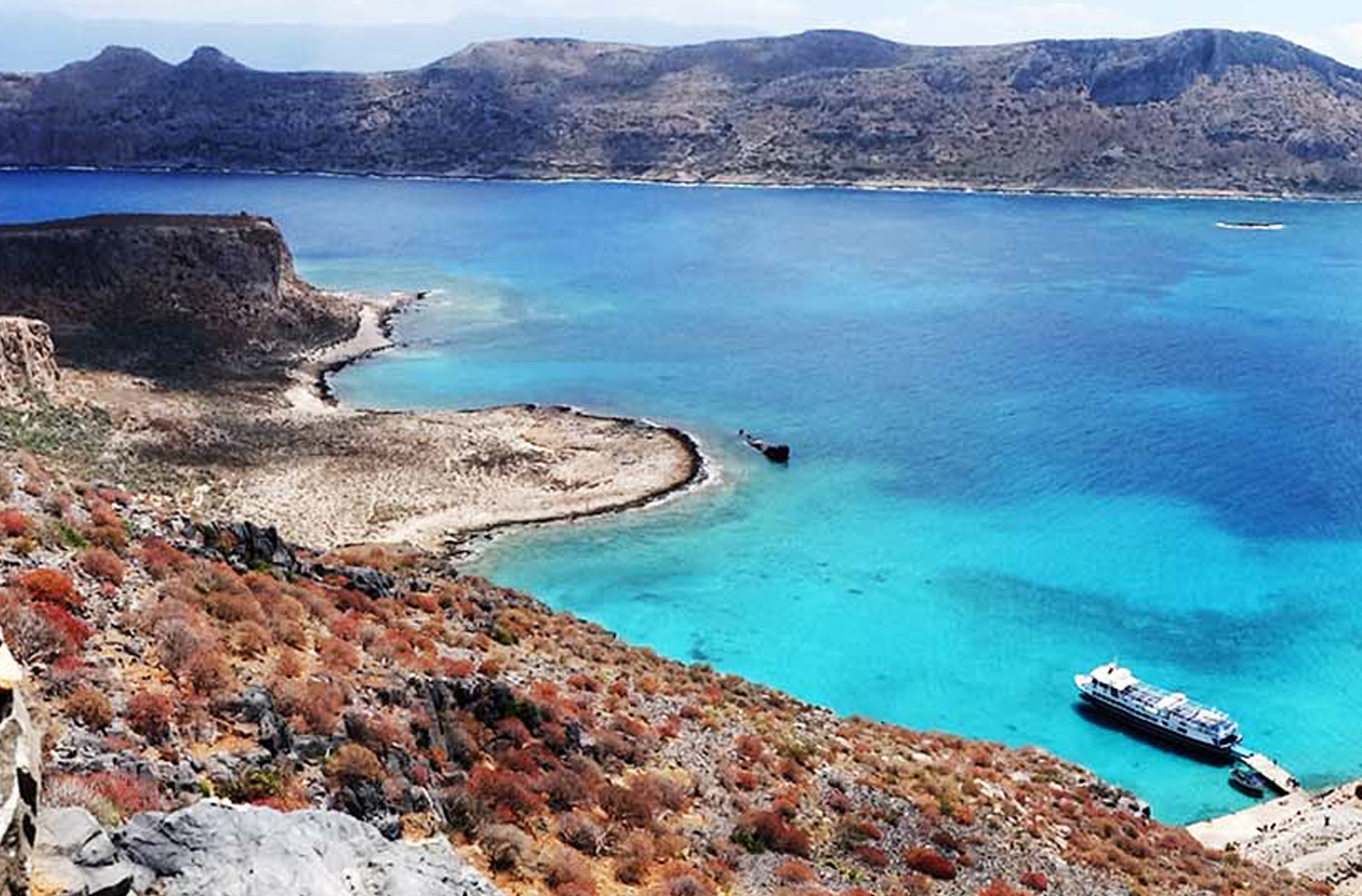Sea-basin Checkpoints
Between 2013 and 2018, a series of EMODnet Sea-basin Checkpoints assessed the quality of the current observation monitoring data at the level of the regional sea basins. By testing the data against specific end-user challenges, the checkpoints evaluated how well the monitoring systems and data collection frameworks provided data to meet the needs of users. In doing so, data gaps and duplications as well as significant bottlenecks were highlighted.
The first two checkpoints were initiated in the Mediterranean Sea and the North Sea in 2013; with checkpoints for the Arctic, Atlantic, Baltic Sea and Black Sea being launched in 2015.
The conclusions and recommendations from the different Sea-basin Checkpoints as well as an integrated summary report can be found and downloaded here.
More information about the EMODnet Sea-basin Checkpoint concept
The concept of EMODnet Sea-basin Checkpoints was introduced within the Green Paper 'Marine Knowledge 2020: from seabed mapping to ocean forecasting' (COM-2012-437). In spite of EU initiatives such as EMODnet, Copernicus and Data Collection Framework (DCF) for Fisheries to deliver seamless layers of marine data across national boundaries, there are still shortcomings with the availability and accessibility of EU marine data. Data collections have been largely put in place for specific and/or national purposes. There is still an approximate overview on a sea basin scale of gaps and duplications and there is no overall view of what the priorities are for further data collection or assembly. Thus the EMODnet Checkpoint initiative will begin to link all existing monitoring data at the level of the sea basin and assess them in order to define their future improvements.

Arctic Checkpoint

Atlantic Checkpoint

Baltic Sea Checkpoint

Black Sea Checkpoint

MedSea Checkpoint

North Sea Checkpoint







